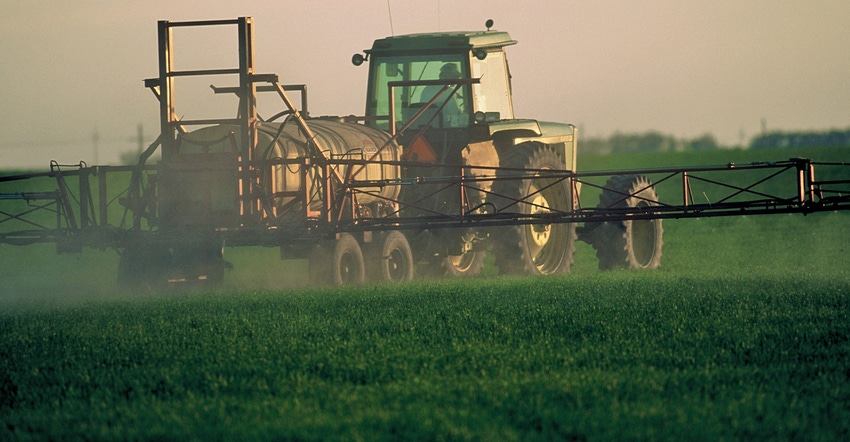May 15, 2019

If you suspect you have herbicide drift damage this year, follow this checklist from Andrew Thostenson, North Dakota State University Pesticide Program specialist:
1. Establish date. Mark the date when you first noticed possible symptoms of herbicide damage.
2. Determine the affected area. Survey your land and quantify how many acres are impacted and the locations of those impacted areas. At this stage, you do not need to determine yield losses or who is responsible, you are just trying to figure out the range and extent of the problem. You are doing this to preserve your right to sue for damages under North Dakota law. Read more about the law online.
3. Inform possible responsible parties. Notify “potential applicators/farmers” in the neighborhood via certified mail that you have a problem and invite them to come to your property to inspect the damage. You have 28 days from when you found out you had the problem or before 20% of the crop is harvested to get this done.
The letter should not threaten lawsuits or make specific claims about how much damage there is. It is merely a notification and invitation to those who may be responsible to inspect the damage. Send the letter to owners of land that contiguous to your property and to custom applicators that you have observed operating near your affected fields. If you suspect the source is vapor drift and/or physical drift coupled with an inversion, you may want to expand the number of people you notify to all of those within a three-mile radius.
4. Contact state agriculture department. When you finish making notifications, and if it is dicamba related, then submit your preliminary assessment of the problem to the North Dakota Department of Agriculture. Doing so will help regulators and university personnel understand where in North Dakota the problems are and how much is occurring. This will be critical for making recommendations on the use of dicamba technology to EPA or for crafting new state regulations for the future.
5. Suspected sprayer assessment. Contact the registrant of the suspected product so they can do an assessment. This may be helpful when trying to figure out the problem, but it should not be done until the other steps have been completed.
Source: NDSU, which is solely responsible for the information provided and is wholly owned by the source. Informa Business Media and all its subsidiaries are not responsible for any of the content contained in this information asset.
You May Also Like




